Soil Temperatures, Growing Degree Days and Last Frost Dates
Author
Published
4/17/2024
The warmth earlier this month may become a memory as chilly weather is forecast to return later this week. The forecast now into May looks is actually for above average temperatures once we get past the near-term cool down. The map (Figure 1)presents the accumulated growing degree days since the last 32-degree freeze. Most of the state has accumulated less than 100 GDD so far this year since the last freeze. Average daily accumulations this time of year are somewhere around 5-10 units.
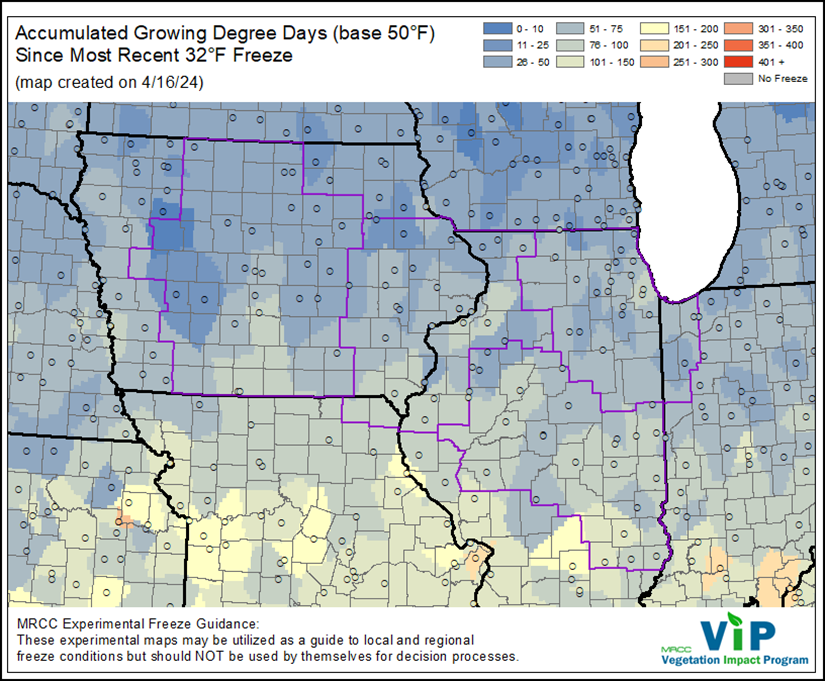
Figure 1. Accumulated Growing Degree Days Since Most Recent 32-Degree Freeze
Soil temperatures at the 4-inch depth across much of Iowa are currently between 54 to 65 degrees. (Figure 2). Nighttime temperatures in the lower 30s along with daytime temperatures in the 45-55- degree range are expected to let soil temperatures to drop about 10-12 degrees over the next week back into the low 40s to the low 50s. (Figure 3) Early-planted corn and soybeans will be slow to germinate in these conditions.
On average, about 3/4 of Iowa experiences their last spring freeze between April 21 and April 30 (yellow area on Figure 4); about one-fourth of Iowa has it last spring freeze between May 1 and May 10; and a couple small areas in Northeast Iowa typically can have last freezes occur May 11 – May 20th. But if one wants to be fairly positive that the last freeze of the spring has occurred, then the map in Figure 5 is the one to consider. In this case most of the state is May 11-20, with about one-fourth of the state being earlier than May 11th, and a small area in northeast Iowa that can see last freezes up until May 31st.
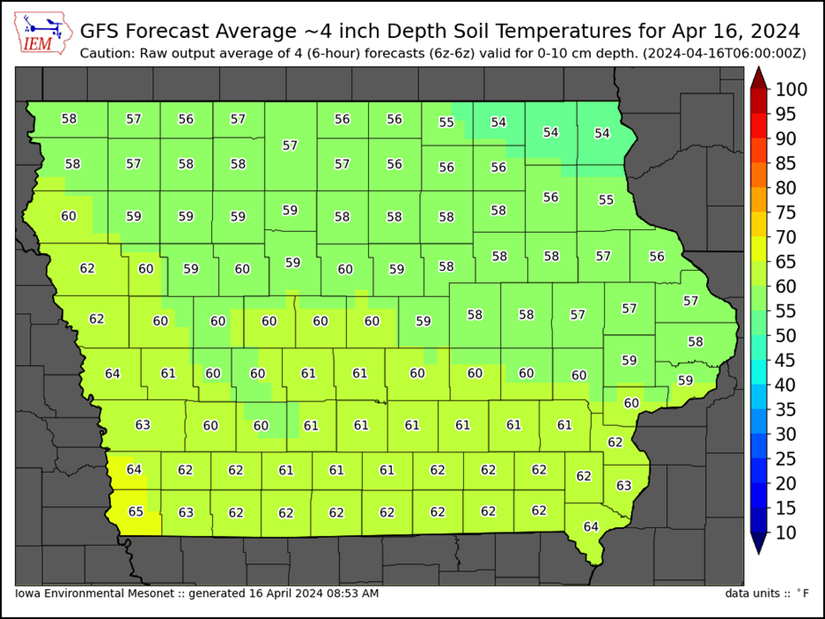
Figure 2. Iowa Soil Temperatures at 4 inches, April 16, 2024
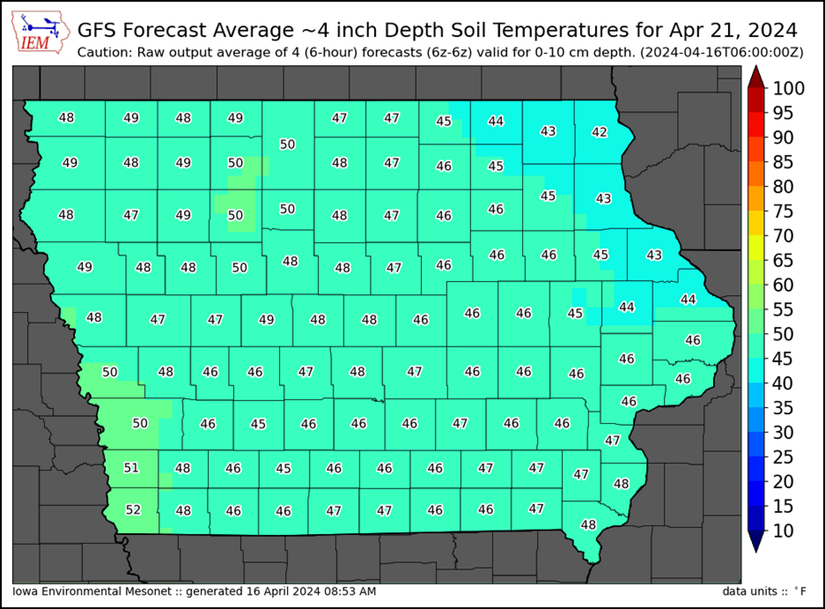
Figure 3. Forecast Soil Temperatures at the 4-inch Depth for April 21, 2024
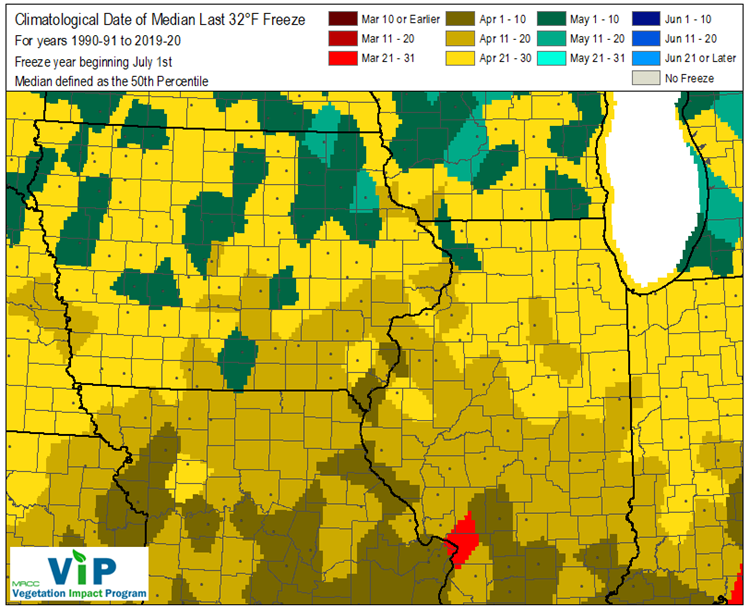
Figure 4. Average Range of Dates for Last Spring Freeze
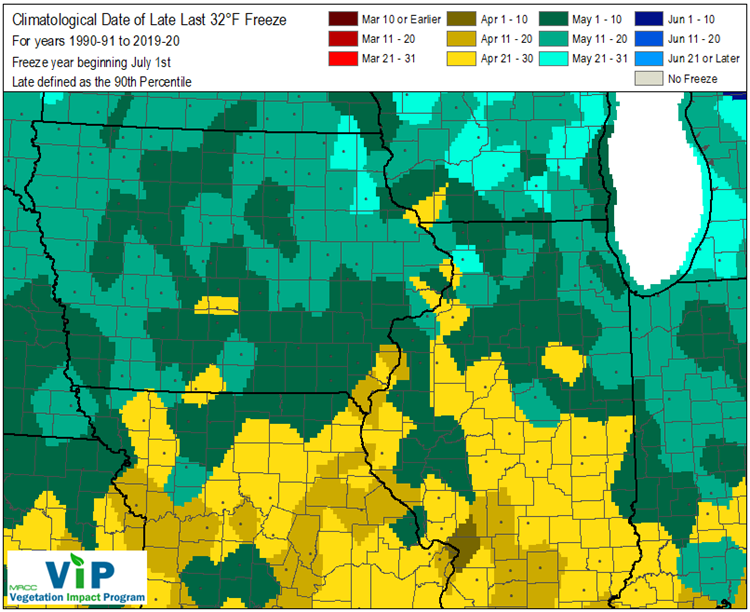
Figure 5. 90th Percentile of Dates of Last Spring Freezes in Iowa
As of the April 15th planting progress report, Iowa had planted 4% of its corn and 2% of its soybeans. Additional progress was made in most areas of the state early this week before rain storms on Tuesday brought some much needed moisture but will push planters out of the fields for a few days. Some sunshine and warmer temperatures would be welcomed by the seeds that are already in the ground.
Economic analysis provided by David Miller, Consulting Chief Economist, Decision Innovation Solutions on behalf of Iowa Farm Bureau.
Want more news on this topic? Farm Bureau members may subscribe for a free email news service, featuring the farm and rural topics that interest them most!